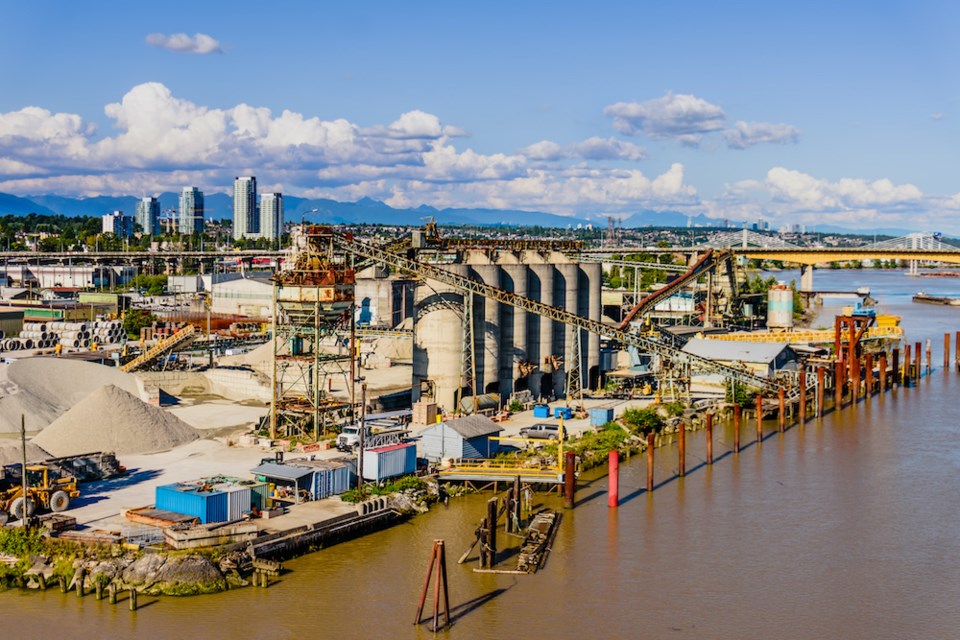It is the most dominant mixture in our city, and yet it probably does not register if you think about carbon emitters. Concrete is everywhere. Foundational to modern life, literally, and second only to water in terms of global usage. A massive export, too, as Canadian exports of concrete to the U.S. topped $1.1 billion in 2019. But concrete is a technology stuck in the past; a nineteenth-century technology mired in a twenty-first-century quandary. Specifically, human-caused climate change.
Old-school concrete is not quite dead. spells it out: “Given its performance characteristics and the broad availability of limestone, concrete (and therefore cement) is likely to remain the construction material of choice” [emphasis added] throughout the world. That demand is unlikely to abate anytime soon; That same report predicts a surge in Canadian production of concrete over the next five years, to the tune of 400 million tonnes.
The problem is how to align concrete production methods with carbon reduction targets. Â鶹´«Ã½Ó³»has set an optimistic goal to reduce the use of concrete in construction by 40 per cent in 2030, after all.
Concrete is a filthy process, accounting for seven per cent of greenhouse gas emissions (GHG) globally. Cement is worse with a 26 per cent carbon hit. Concrete’s carbon problems stem from its production, a chemical-heavy process that uses massive amounts of energy during kilning. One tonne of concrete equals about 622 kg of carbon dioxide (CO2). In 2019, 11.2 megatonnes of carbon dioxide resulted from the concrete making processes in Canada, or 1.5 per cent of our total GHG emissions.
Decarbonizing concrete would be a huge advance. And if the stated goal of net-zero emissions from concrete by 2050 is going to be met, the cleanup has to begin in earnest right away. The Canadian concrete industry . So, too, is the tech sector, which is working up some interesting angles to minimize industrial carbon emissions.
Ground glass pozzolan is a common cement substitute. The downside is that it is loaded with sodium, which degrades the overall quality of the concrete. When the sodium is removed, though, the pozzolan is stronger and less reactive to alkali-silica, basically the chemistry of cracks forming in concrete. , a Kamloops-based tech company focused on circular solutions, is developing a recycled glass pozzolan, which promises a lower carbon footprint, less reactivity, and greater strength in the finished product. Their process involves a lot of crushing and grinding of glass, then injecting it with carbon dioxide, thus releasing all of the unwanted sodium. The sodium turns into sodium carbonate, which absorbs carbon. A pilot plant is set to be operable by next year.
‘Hempcrete’ is another potential concrete alternative in the works, . Hempcrete is touted as a “” concrete, where the wood from hemp stalk is mixed together with a binder, typically lime. The lime bonds with hemp’s silica content, which draws in and sequesters atmospheric carbon dioxide. The thermal mass of hempcrete makes it a sufficient heat store, giving it strong insulation characteristics, which is why hempcrete is seen as a home energy saviour. Beyond its low carbon emissions, the process of making hempcrete uses less water in comparison to concrete.
Beyond recycled glass and hemp, there are scores of intriguing alternatives in various forms of research and development. . . . Could one of these make our dirty concrete clean? The ideas are out there. They may seem odd or far-fetched, but innovation has to start somewhere. The motivation could not be any greater.




